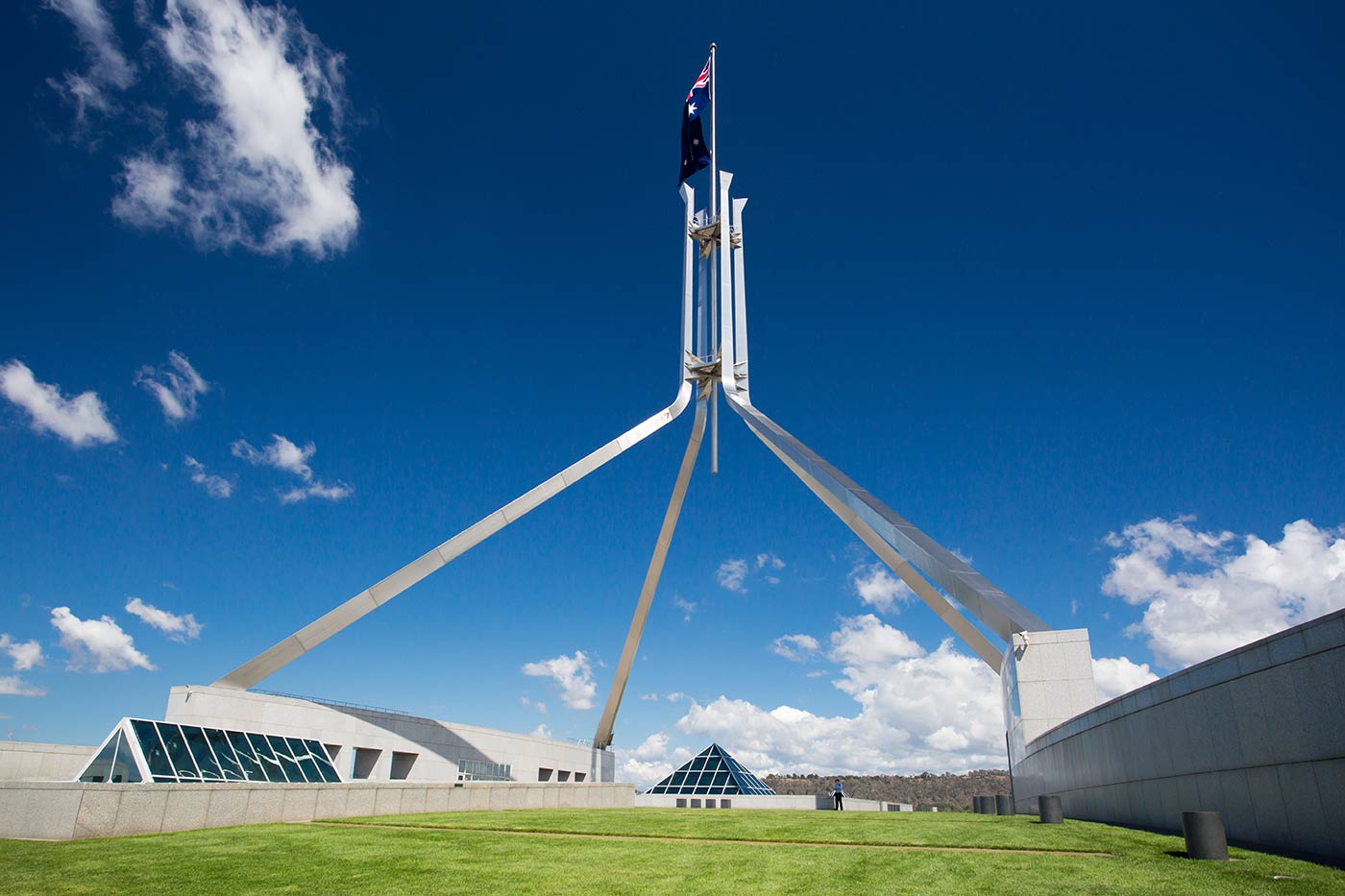Australian Architecture in the 21th Century
The architecture of Australia is one of the most diverse in the world. While Australian colonial architecture can be said to begin with the initial European settlement at Sydney Cove in 1788, it was from the early 19th century that substantial buildings were erected using more sophisticated architectural styles, such as the Gothic Revival and neoclassical.
1900s
The introduction of the likes of Late Modern and the Post Modern era in the late 1900s changed Australia’s tallest buildings. It was during this period that architects started thinking outside the box to design buildings with more imaginative architectural features such as sharp edges, cantilevers, geometric shapes, architectural door handles, sky gardens, and atriums.
The Australian Centre for Contemporary Art, located in Southbank, Melbourne, is a work of art in and of itself. The center has a history of hosting some of Australia’s best art, as well as hosting international exhibits. Besides hosting Australia’s best art, the Australian Center for Contemporary Art is a beautiful space with its own distinctive architecture.
Swan Bells
The Swan Bells are located in Perth and they represent one of the most interesting examples of deconstructed architecture in Australia. The bells are housed in a tower that was purpose-built to house them. It is both a beautiful building and an intriguing piece of deconstructionist architecture.
Sydney Opera House
The iconic Sydney Opera House is perhaps the most famous example of this fusion, but it was somewhat of an anomaly in its day. In the mid-20th century, Australia began to develop its own unique national style, known as Post-Modernism.
While Australia is often known around the world for its culture and heritage, the country is also quickly gaining a reputation for its architecture. New buildings are springing up everywhere, some of them created by world-famous architects and others by local designers who have taken their inspiration from their surroundings.
National Museum of Australia
The 21st century has been marked by the expression of ambiguous themes in many art installations, including the entrance at the National Museum of Australia in the Australian Capital Territory. The entrance is designed to represent a series of concentric circles, symbolizing the museum’s desire to portray Australia’s history as an evolving dialogue between Indigenous and non-Indigenous people.
To get an idea of how far along Australia has come in bringing its ports into the twenty-first century; you need only look at the Port 1010 at Melbourne’s Docklands Harbour. Located on Victoria Harbour Promenade, this is a building that is unlike any other in Australia.
Port 1010
Port 1010 was designed by architect Elenberg Fraser and the construction was completed in 2017. This incredible structure features two towers that come together at a single point. One is 31 stories high while the other tower measures 26 stories in height.
The towers are covered in windows and large balconies that create a unique shape throughout their design. There are also several modern features including designer door handles, making it one of the most impressive buildings in the area.
Sports Architecture
Australian architects have used state-of-the-art technology to design the impressive Etihad Stadium, once known as the Telstra Dome. The stadium has a capacity of over 54,000 and costs $460 million to build. It is located in the Docklands precinct of Melbourne’s inner west. Etihad, which is owned by the Melbourne Cricket Club, was opened in 2000 and looks like a giant spaceship. The stadium has a translucent roof that protects spectators from the rain.
With the increasing cost of future energy, there will be a demand for sustainable architecture soon. This means that architects and concrete companies alike are finding new ways to reduce their carbon footprint and incorporate recycled materials into the architectural door handles of the new buildings.
Australian architecture is characterized by a combination of contemporary western aesthetics, unique cultural nature, and adaptations to climatic concerns. The country has adopted sustainable architecture, which involves using natural, and ecofriendly materials to construct fantastic structures, such as the Dunc Gray Velodrome in Sydney and the Council House in Melbourne.
Australia has always been a leader in architecture, as evidenced by its many awards. As the world moves deeper into the 21st century, there has been a massive focus on Australia and its contributions to the world of Architecture.
The country has taken on some of the biggest projects in the world and has gotten them done efficiently, creatively, and with a sense of style that is unmatched anywhere else on earth. Australia is also very forward-thinking, which is why when you go to their cities you will see some of the most beautiful structures in the world with designer door handles and other modern features.
There are many architects in Australia that have not only made their mark on the country but also on the rest of the world. One of the most famous Architects from Australia is Glenn Murcutt. His designs were often compared to those of Frank Lloyd Wright, but they have their own unique style.
Murcutt’s work was inspired by nature and he uses natural materials such as wood or stone in his designs. Other famous Australian architects include Francis Greenway, Phillip Cox, Brit Andresen, and Edmund Blanket.












